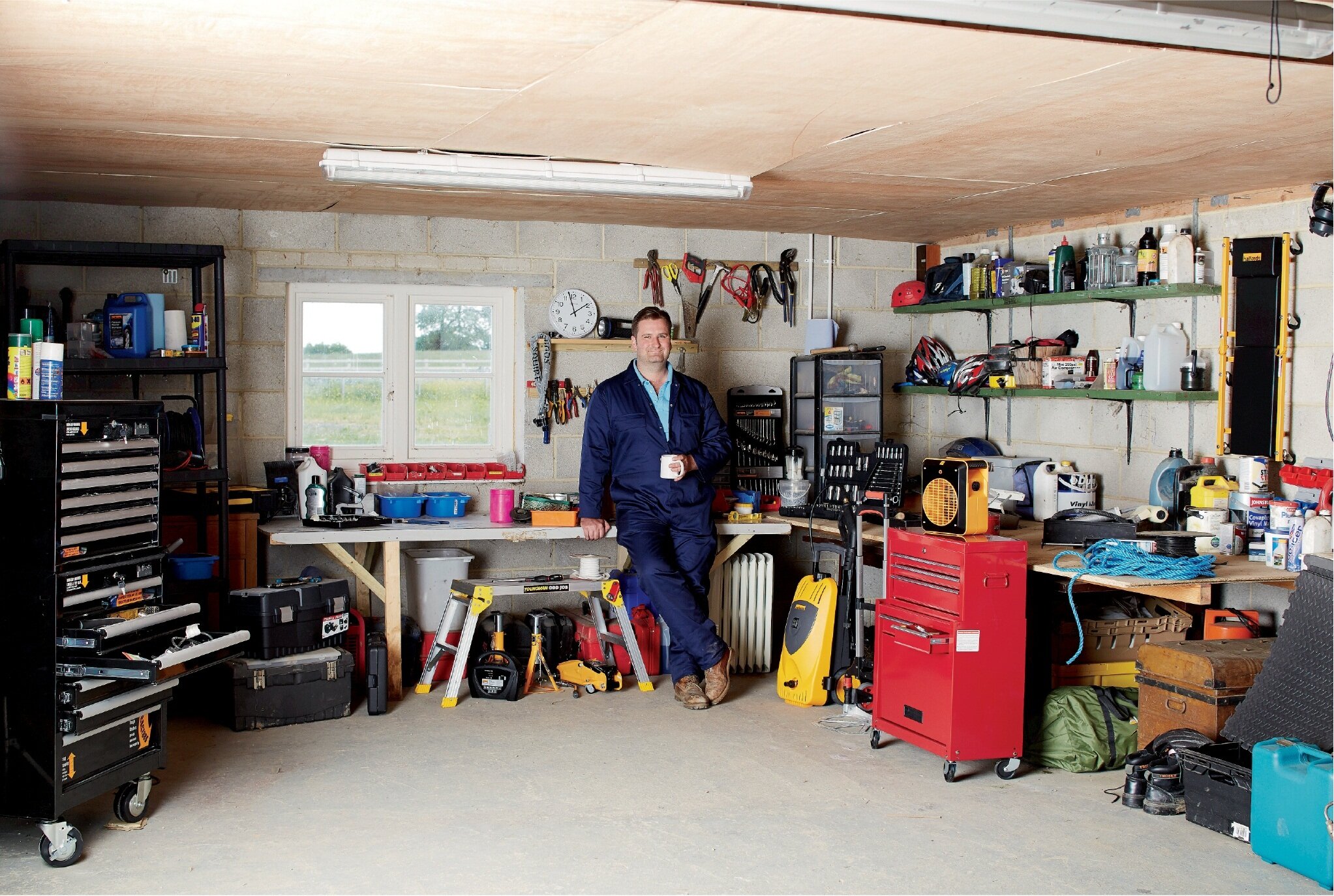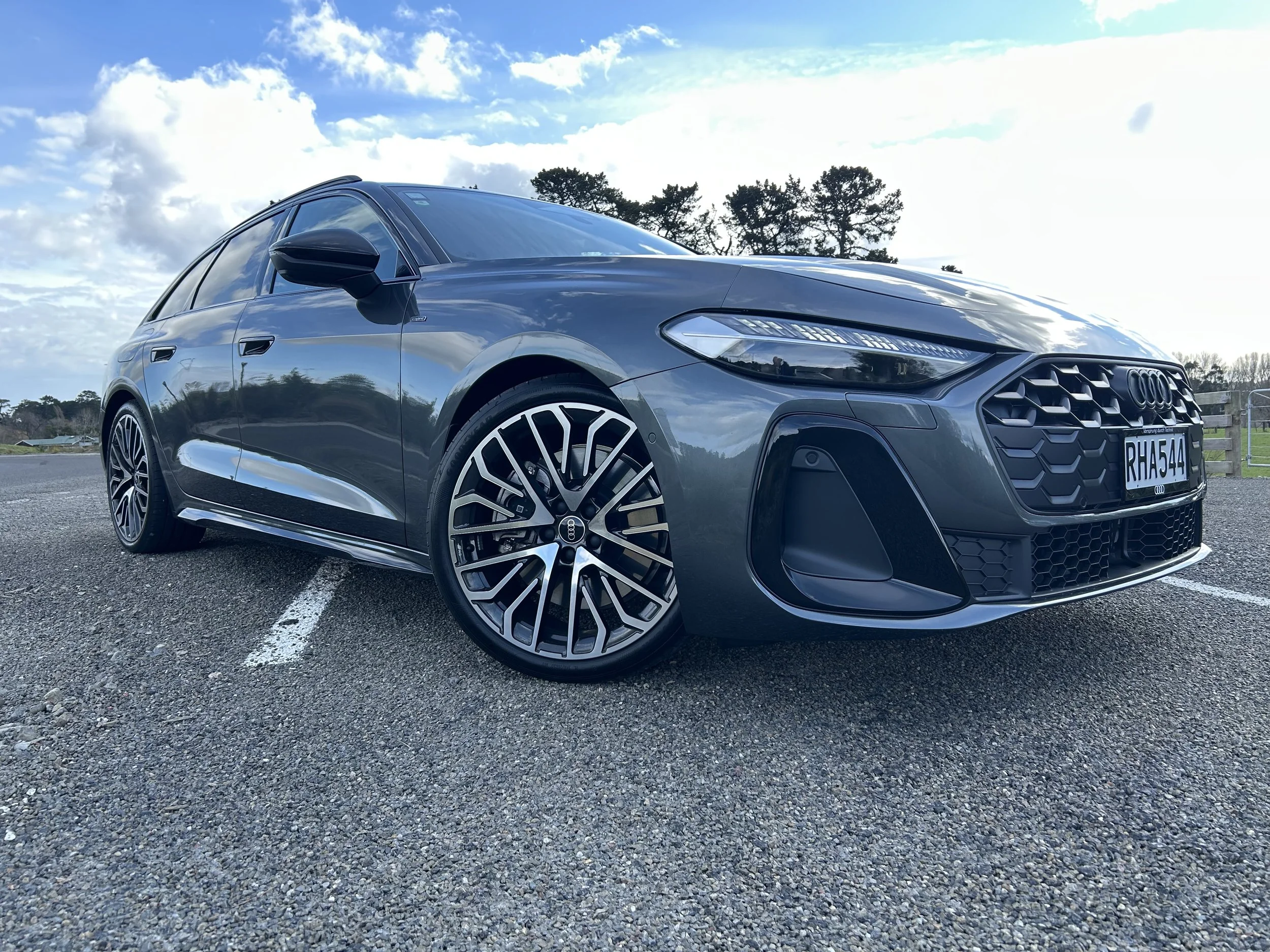Covid-19: In sickness, consider your car’s health
/The longer the lockdown, the more likely your four-wheeled-bubblemate might need some consideration.
Two weeks down. Just two weeks to go?
Let’s not get too excited just yet. There’s no absolute certainty that the national Covid-19 lockdown will definitely lift on April 22. The Government has made it clear there’s still likelihood we might need to remain in our bubbles beyond that date.
Chin up, NZ. As unpalatable as this lockdown is, we all surely understand why it’s needed. It’s better to get this fully fixed in one action, right?
One way of coping with cabin fever is to give thought to how your vehicle is bearing up.
A short-term of enforced isolation is something any modern vehicle can see out without issue, but ultimately all that sitting around is no better for them than it will be for us.
Vehicles aren’t made to be inactive and, certainly, their core components don’t improve with sedentary age.
So maybe now’s a good a time as any to get into the habit on carrying out a few regular checks and precautions to make sure your vehicle is in good shape.
The ideas listed here aren’t by any means absolutely requisite and certainly aren’t new – any owner of a classic car, especially one that might only get seasonal use, will very likely be fully cognisant with at least the fundamentals.
Let’s start with thinking about the fuel it uses. It’s great not only that petrol stations are deemed essential services and that the price of fuel has dropped.
You might wonder if that makes any difference, given no-one should be taking anything more than short trips, and only then for good reason, but in fact there’s good reason to take this as an opportunity to fill your car up, especially if it runs on petrol.
Here’s the thing about petrol. It doesn’t last all that well; exactly how long it maintains optimal state depends on all sorts of conditions, but ultimately it will degrade. There’s no need to panic: A few weeks in the tank is fine; potentially even three to six months.
But there will be a point where it starts to change its state. It’s a refined product from crude oil and the issue is volatility. What that means in this context is that it evaporates easily. If petrol is left in your tank for months, the volatile compounds will evaporate; what remains reacts with the oxygen in the air around it and oxidises, forming gums and varnishes and things that will clog filters, injectors, and fuel lines.
So, drain the tank? Actually, no. The opposite. Fill it up. The more fuel in there, the less oxygen. The less of that, the lower the potential for a problem.
Not just for your engine, but also fuel pumps, gaskets and lines. Some say that, once you have a full tank, it’s good to add some fuel stabiliser, which protects the fuel against evaporation and oxidisation for up to two years.
Diesel is a different story. It’s far friendlier, due to its comparatively low level of refinement. Opinion is that it’ll last for up to a year with no intervention. Again, though, it’s still prudent to fill up, as condensation can form inside half-empty fuel tanks. Diesel will oxidise, albeit more slowly than petrol.
Electric cars – and by that, we mean, anything that wholly relies on battery power (if it’s a hybrid or a PHEV, it still has an engine, so the guidelines above still prescribe) – are not exempt from consideration.
The good advice here is to keep your car fully charged. Second, leave it plugged in. Don’t worry. You won’t be constantly drawing charge. Onboard systems can manage the charge level and ensure the battery remains in top condition. One thing, when plugging in, only use the authorised cables. Extension cords are fire hazards at the best of times.
Maintaining good battery state is important for fossil-fuelled vehicles, too. Today’s vehicles have a plethora of sensors and computers that need battery power. They do a good job of not drawing too much current but you do not want to let them go flat: Resetting computer codes and what-not is a hugely complex task that’ll require professional help that isn’t easily accessed at this time.
That battery conditioner you got given for Christmas and sat on the shelve since? This is the time to use it. This attaches to the battery and the wall socket and uses an onboard processor to maintain the battery’s charge and condition (the better ones come with special reconditioning modes).
The other option is obvious. Just periodically fire up the engine – or, with an EV, simply go through the ignition process to the point where the car is good to start moving. You needn’t go anywhere; it’s just a way of keeping the engine lubricated and the battery in a better state. But please don’t do this is an enclosed space, for obvious reasons.
What else? On older cars, if you leave your handbrake on for a prolonged period, it can seize. So, if that vehicle isn’t going to be used for a while, and it’s a manual, release the parking brake and chock the wheels. And if it’s an automatic (or CVT), then set it in Park.
If a manual car is in a safe spot (like, your garage) and thus immune from being nudged, then it’s not a bad idea to also leave it in gear. Gearboxes are sealed and use good-quality, long-lasting protective lubricants.
Windscreen wipers, window and door seals can degrade after a while. Wiper blades will harden and lose effectiveness. A silicon lubricant, wiped along with a finger, can be enough to inhibit this. While talking about doors and windows, makes sure these are fully closed. Vehicles become warm and inviting places for nasty critters; the use of vegetable-based wiring plastics has exacerbated the issues: Seems rodents just love the taste! So make sure the car is closed up, check underneath for poop and perhaps even plug the exhaust with steel wool.
If you have the right gear and aptitude, now might be a good time to change the oil, changed. At the very least, check the status of your car’s other fluids: Radiator coolant, brake fluid, engine oil level. Brake fluid is hygroscopic – translation: It absorbs water – which will cause brake lines and parts to rust, but that’s a long-term issue.
If you think all of the above is too challenging, then still give thought to your tyres. These WILL lose air pressure over time and, if a car stands too long in one place, there’s risk the tyres will also lose their shape; it’s basically a kind of flat-spotting.
One precaution is to pump them up to the recommended pressure for a heavy load. You don’t know what this is? Generally, that information is on a sticker on the inside driver’s side door jamb. It might also be listed in the handbook. Maximum cold inflation pressures are also written on the sidewall of the tyre. Or you can ask a garage attendant to take care of this when your visit the servo to fill up. What you don’t want to do is guesstimate. A seriously over-inflated tyre is a seriously bad thing.
What else? Well, you might even go to the extreme of removing the wheels completely and storing the car on jack stands, ensuring of course that these are sited in manufacturer-approved lift points. But still inflate your tyres to road-going spec and store them on their side.
As said, these are largely if and when solutions if things get worse and our home detention is extended. But they’re all good practice and worth thinking about.




















